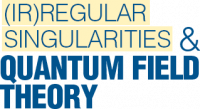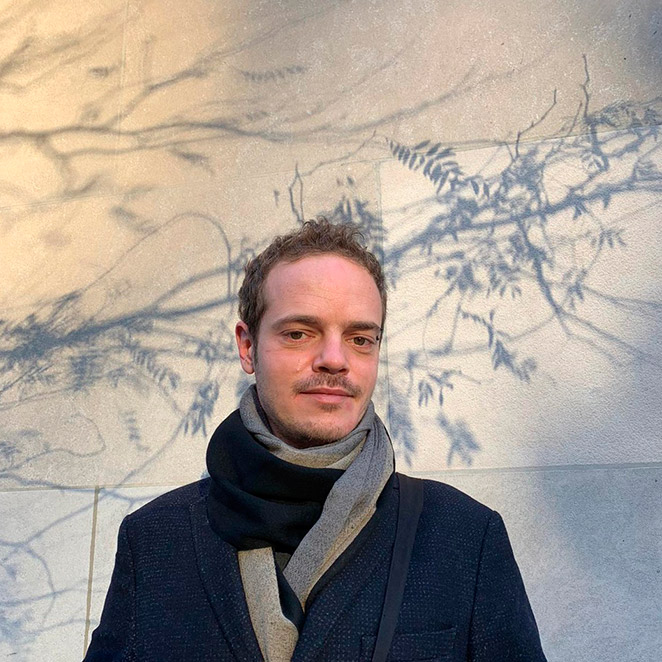The TTbar deformation
Description
TTbar deformation for 2-dimensional field theories were introduced by Cavaglià , Negro, Szécsényi, and Tateo (2016), at the same time as Smirnov and Zamolodchikov (2016).
The monicker “TTbar deformation” comprises a very large set of 2-dimensional Quantum Field Theories (QFT) obtained from more usual and well known ones by a well defined irrelevant deformation involving the determinant of the energy-momentum tensor. These theories show a surprising coincidence of desirable qualities — such as exact description of the spectrum, high symmetry, a well defined short-distance physics — and non-standard behaviours that stretch the usual definition of field theory given by Wilson, amongst which is a clear non-local nature reminiscent of gravitational theories.
Negro and Tateo (2016) — along with Cavaglià and Szécsényi — first introduced, at the same time as Smirnov and Zamolodchikov, the concept of TTbar deformation for 2-dimensional field theories studying in detail their properties.
The interest in these deformed theories comes mainly from their roles in the exploration of the space of 2-dimensional QFTs. In fact, while the study of relevant deformation is a topic with a long history, established status and verified methods, the exploration of irrelevant directions in the space of theories is an extremely thorny subject, fraught with theoretical and practical issues: the same interpretation of irrelevantly deformed QFT as field theories is almost always dubious. The TTbar deformations provide the first examples of irrelevantly perturbed theories which can be properly addressed as QFTs, albeit with some flexibility in what we mean by this. This flexibility is itself part of the fascination for this subject, since forces us to rethink the old and established definitions of Quantum Field Theory.
The “protocol” of the TTbar rapidly extended to more general type of deformations, involving conserved currents associated to both space-time symmetries — such as the various TJbar and JTbar deformations — and internal ones — such as the TTbar_s and the “generalised TTbar” deformations. All these extensions share most of the properties that make the TTbar deformed theories interesting.
Goals
There are two main goals our group is pursuing in the explorations of irrelevant deformations:
- Extend the analysis of these theories — up to very recently almost entirely focused on their spectral properties — to include the description of correlation functions and expectation values of local operators and, possibly, more general ones, such as defects and line operators. This avenue naturally requires a deeper understanding of the description of the TTbar deformation as a coupling of the original model to a topological gravity sector, whereby the local operators acquire semi-infinite vortex lines — reminiscent of Dirac strings — becoming effectively non-local.
- Consider and analyse in depth a very large family of “generalised TTbar deformation” of integrable field theories which can be described and studied in the framework of factorised relativistic scattering. From these perspective, this family of deformations corresponds to simple multiplication of the scattering matrix by so called CDD factors, allowing to carry on their analysis employing the standard integrability techniques. The resulting equations, however, show surprisingly rich and intricate mathematical properties, an example of which is the existence of bifurcation points in the dependence of the finite-size spectrum on the compactification radius.
Results so far (December 2020)
Conti, Negro and Tateo, in a series of works explored different aspects of these theories. In particular they provided a geometric interpretation of the deformation, at the classical level, as a field-dependent coordinate transformation, which was quickly confirmed at the quantum level by the works of Cardy and Dubovski, Gorbenko, Hernandez-Chifflet and Mirbabayi. They also introduced the TTbar_s deformations (2019-2) of 2-dimensional integrable field theories and the “generalised TTbar deformations” (2020)




